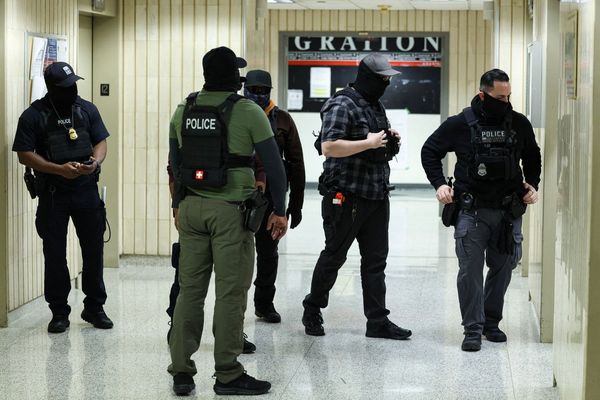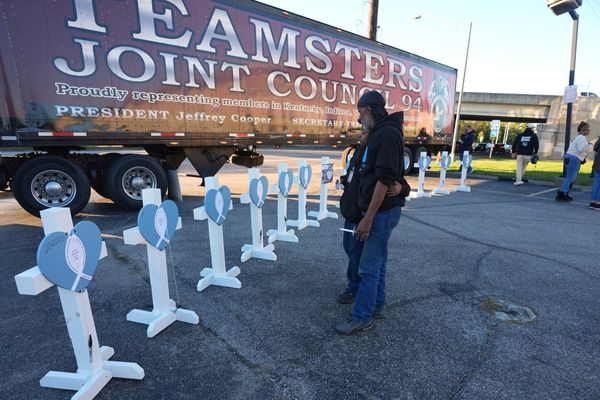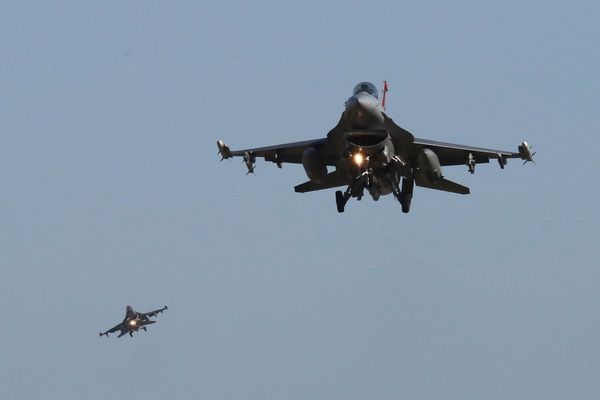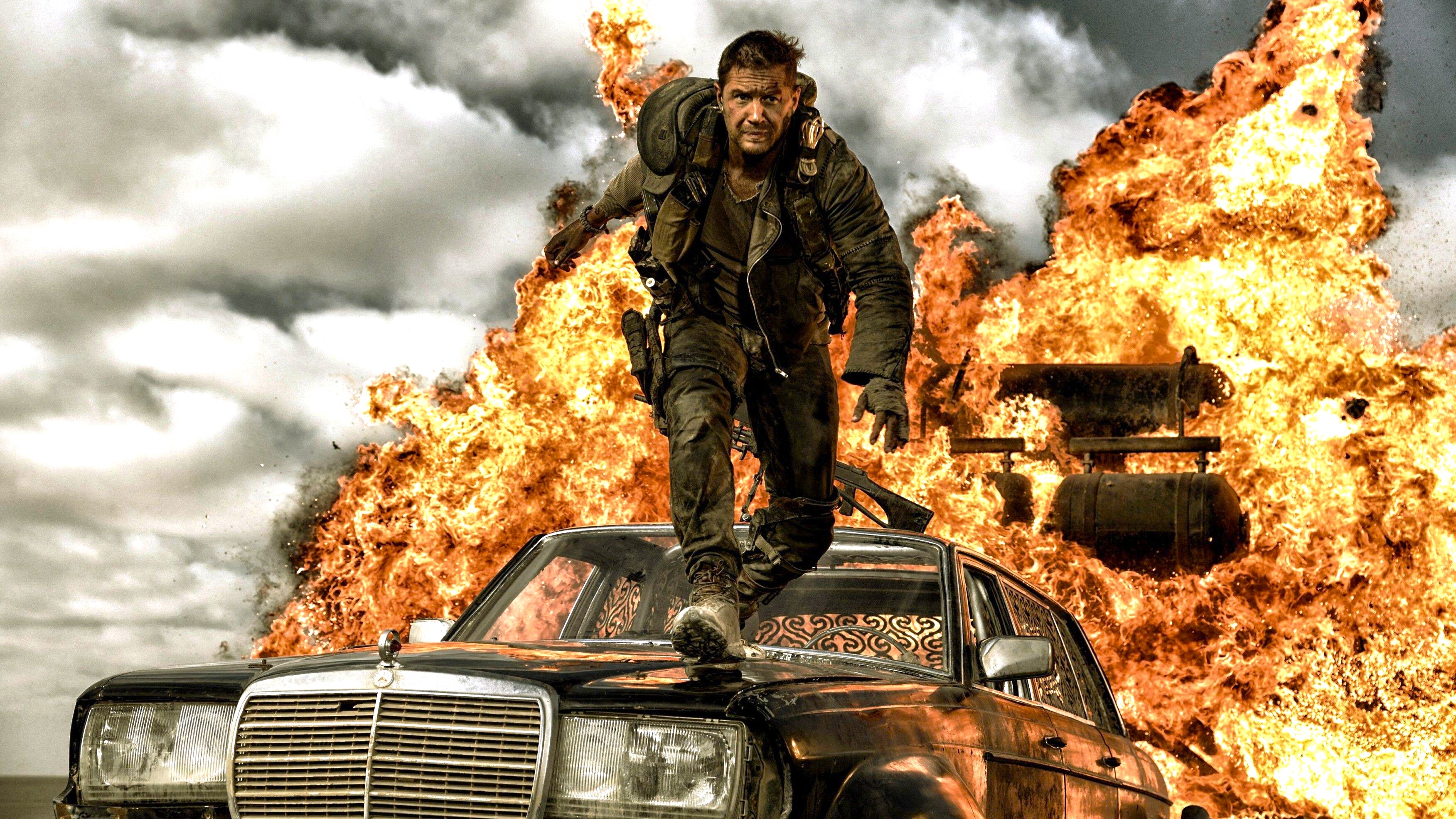
When thinking about “Mad Max: Fury Road,” two quotes perfectly describe George Miller’s 2015 masterpiece.
The first comes from an interview with Steven Soderbergh conducted by The Hollywood Reporter, where he can’t explain how Miller pulled it off. “I don’t understand how they’re not still shooting that film, and I don’t understand how hundreds of people aren’t dead,” said Soderbergh.
The second comes from Charlize Theron, who starred as Imperator Furiosa and has complicated feelings about the movie. “I feel a mixture of extreme joy that we achieved what we did, and I also get a little bit of a hole in my stomach,” Theron told the New York Times. “There’s a level of ‘the body remembers’ trauma related to the shooting of this film that’s still there for me.”
“Mad Max: Fury Road” is a stunning tour de force from a true visionary. The post-apocalyptic tale is also mired in controversy for the nightmarish shoot that resulted in fights, altercations, and utter chaos. The mayhem you see on screen reflects the madness occurring between takes.
“Fury Road” reintroduces audiences to Max Rockatansky (Tom Hardy), the antihero and outlaw who spends his days navigating the dangers of the Wasteland. Max eventually forms an uneasy alliance with Imperator Furiosa, the top lieutenant of cult leader Immortan Joe (Hugh Keays-Byrne).
Furiosa escapes the Citadel with Joe’s five wives in a War Rig. After aligning with Max, Furiosa and Co. must fend off Joe and his War Boys in an action-packed chase across the desert.
'Mad Max: Fury Road' is a technical masterclass
After completing "Mad Max Beyond Thunderdome“ in 1985, Miller took a much-needed hiatus from the franchise. In 1998, Miller finally got an idea while crossing the street in Los Angeles. Per the New York Times, Miller said, “What if there was a ‘Mad Max’ movie that was one long chase, and the MacGuffin was human?”
Miller stuck to that vision when filming began in 2012. “Fury Road” is one long chase movie — an action spectacle with breakneck pacing, sensational actions, grandiose explosions, and jaw-dropping practical effects.
This is a movie where dialogue takes a back seat to visual filmmaking. Max has less than 55 lines of dialogue (not counting Hardy’s constant grunts), and yet everything you need to know about him is conveyed through his emotions and facial reactions.
Miller has refuted the rumor that “Fury Road” didn’t have a script. Miller relied on storyboards — about 3,500 — to execute his vision. Zoe Kravitz perfectly described the script in that New York Times piece as a “really long comic book.”
When it came to shooting the action, practical effects were king. About 90% of the effects in “Fury Road” were practical, an unfathomable feat considering how many action movies now shoot on studio lots in front of green screens. There is a myth that “Fury Road” didn’t use CG. Clearly, the film incorporated thousands of VFX shots to enhance, not weaken, the movie as a whole.
Speaking of those sequences, Miller likely wanted to give the audience a heart attack because once Furiosa and the Wives escape the Citadel, “Fury Road” doesn’t take its foot off the gas. The cars get faster, the music turns up, and the “Wait, how did they do that?” moments appear every few seconds. Watching the pole cats swing through the air from vehicle to vehicle is as anxiety-inducing as it comes.
The race through the canyon makes “The Fast and Furious” look like a children's video game. The entire third act is nearly a carbon copy of the first — Max, Furiosa, and Co. driving back to the Citadel. Yet it remains fresh and visually spectacular.
“Fury Road” winning six below-the-line Oscars felt like a surprise in the moment. 10 years later, it should have won every technical award.
Behind-the-scenes drama adds to the legend
“Mad Max: Fury Road” is chaotic, complicated, and confounding. I’m not talking about anything filmed during the two-hour runtime. The behind-the-scenes drama should be the basis of an HBO series. Thankfully, New York Times reporter Kyle Buchannon chronicled the entire making of “Fury Road” in his excellent book, “Blood, Sweat & Chrome: The Wild and True Story of Mad Max: Fury Road."
The oral history chronicles the unbelievable miracle Miller pulled off to make this movie. I encourage everyone to read the book, even if “Fury Road” as a movie doesn't fit your interests. From heated arguments and dangerous living quarters to brutal weather to unsafe filming conditions, the “Fury Road” shoot had more explosions behind the set than in front of the camera.
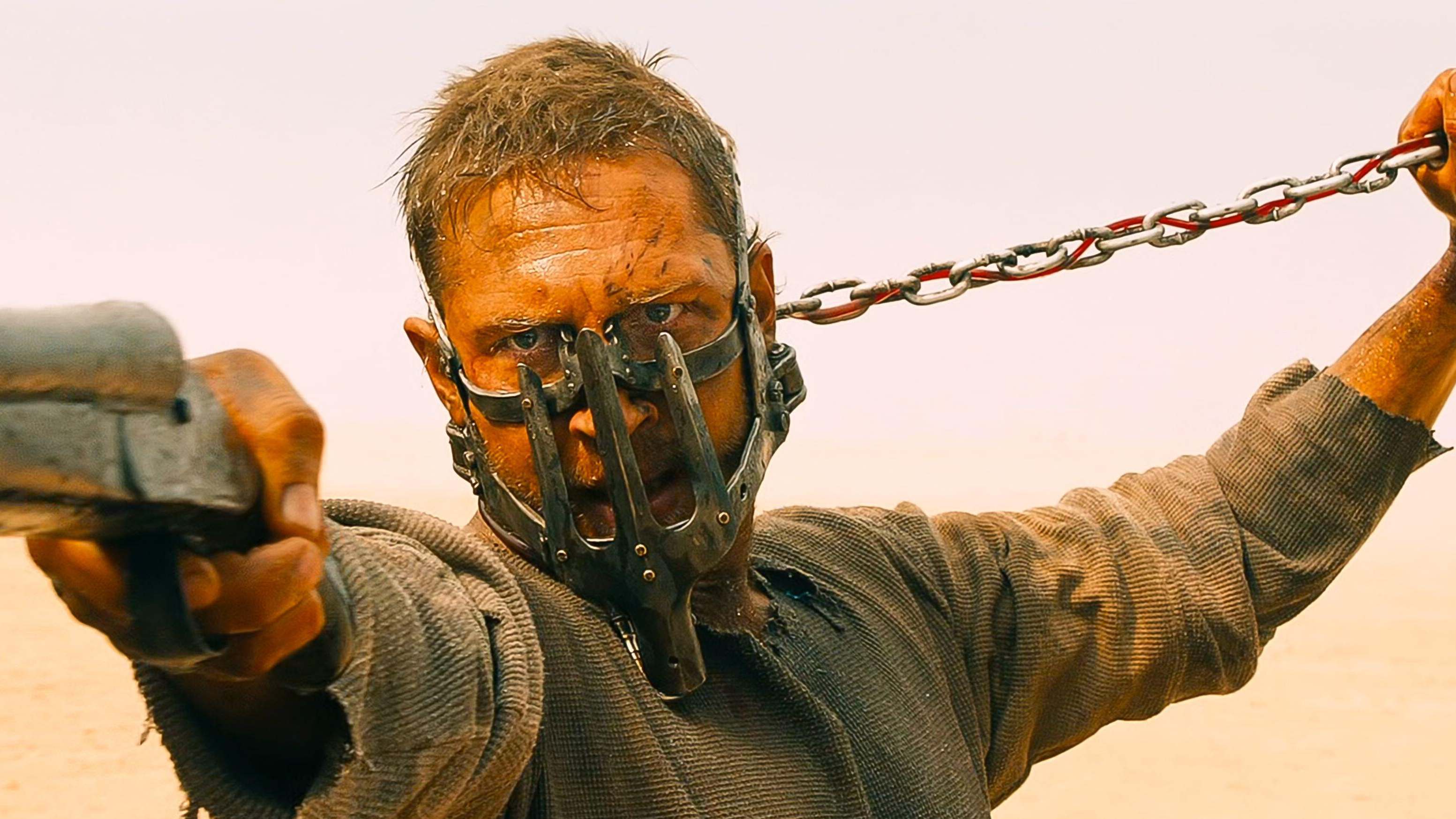
Again, Buchanan’s book covers most of “Fury Road’s” issues, but here are some standout moments. Hardy and Miller clashed many times, with the actor constantly pushing back at the director’s notes. Miller got so frustrated with his star that crewman Mark Goellnicht overheard the director saying he couldn’t stop thinking about Heath Ledger and if he got to play Max.
The elements played a huge factor, with many of the actors and crew constantly washing their eyes with saline due to the sand. Riley Keough, who played Capable, experienced hypothermia due to the harsh weather conditions of the Numbia.
Despite all that, the biggest issue on “Mad Max: Fury Road” involved the feud between Hardy and Theron. The two stars did not get along, and that’s the PG version. Hardy was reportedly very difficult to work with, and he would argue with Theron in the War Rig as the other actors sat and watched in the back seat. Theron compared that “horrible” experience in the War Rig to “two parents in the front of the car” arguing.
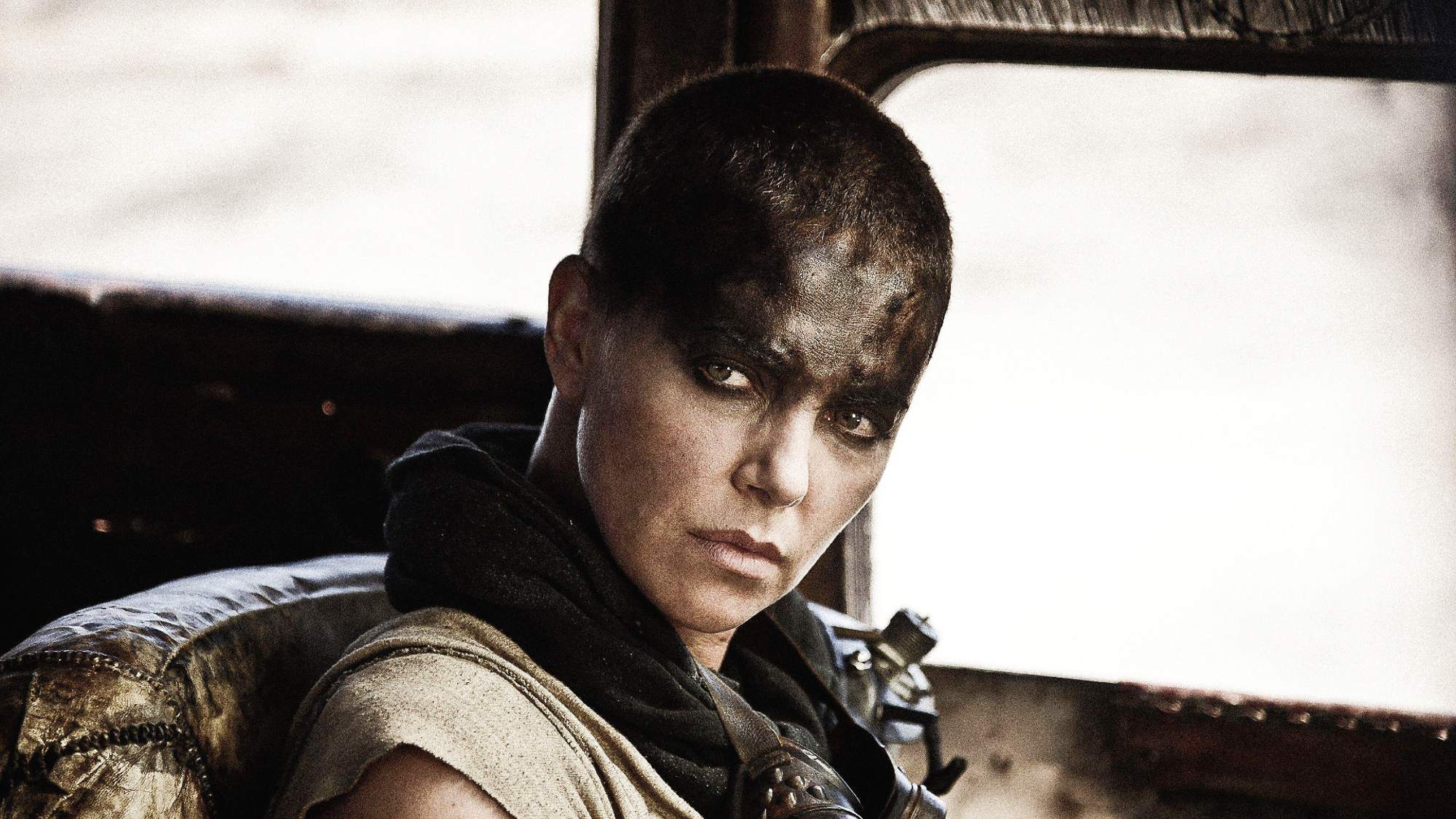
It all reached a heated climax when Hardy showed up three hours late to set, leading Theron to scream, “Fine the f---ing c--- a hundred thousand dollars for every minute that he’s held up this crew.” Even members of The Eagles would look at the fight between Hardy and Theron and think it’s excessive.
Hardy, Theron, and Miller have all since expressed regrets about their actions. However, the contentious relationship did work in the movie’s favor. The distrust between Max and Furiosa in the first half of the movie mirrors the real-life relationship between Hardy and Theron.
“Mad Max: Fury Road” was not the first great movie to experience a troubled production, and it most certainly won’t be the last. The dysfunction only adds to the film’s legacy.
A movie that has stood the test of time
The best compliment I can give “Fury Road” is that it feels like a one-of-a-kind. It’s a unique entry in the dystopian genre with a strong case for the best action movie of the 21st century. “Fury Road” might be a “Mad Max” movie, but watching the other three movies beforehand is optional, not a requirement.
Those first three movies are a proper trilogy about why Max went mad, what led to the disintegration of civilization, and how gas became the ultimate currency. “Fury Road” is more concerned about the aftermath of humanity’s decisions in the first three movies. How can humanity rebuild post-apocalypse?
Furiosa’s inclusion gave “Fury Road” a female protagonist, a first for the franchise. Theron’s powerful performance as a woman fighting for freedom and rebelling against the patriarchy is right up there with Sigourney Weaver’s Ellen Ripley for iconic action heroines. The females in “Fury Road” also represent hope for the future, a foreign concept in a dystopian world.
It’s no hyperbole to say that “Mad Max: Fury Road” was one of the most difficult blockbusters to make this century. I don’t envy any of the actors or crew members who had to experience this grueling shoot. Luckily for fans, the pressure of making “Fury Road” made a diamond of a movie, one that continues to shine brightly 10 years later. What a lovely day, indeed.
Rent/buy “Mad Max: Fury Road” on Amazon or Apple.

